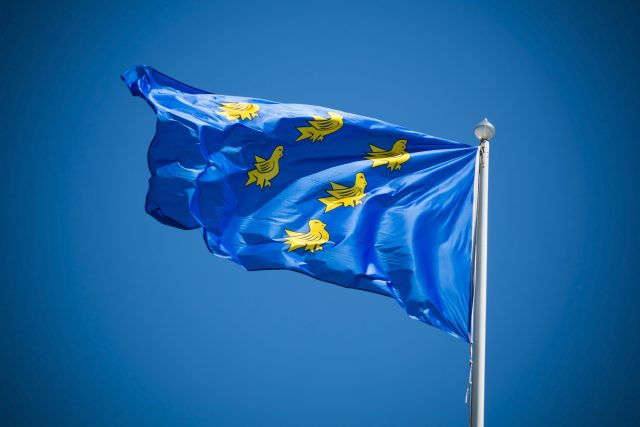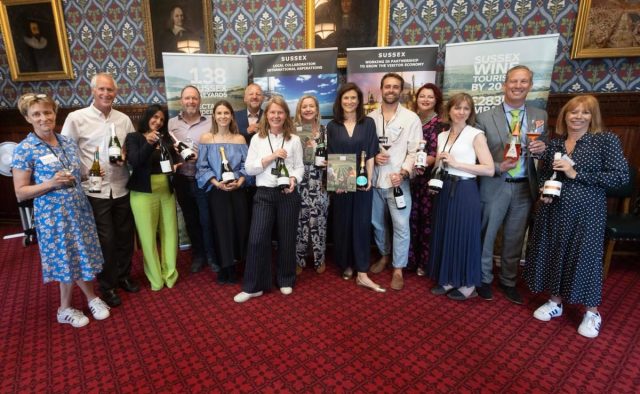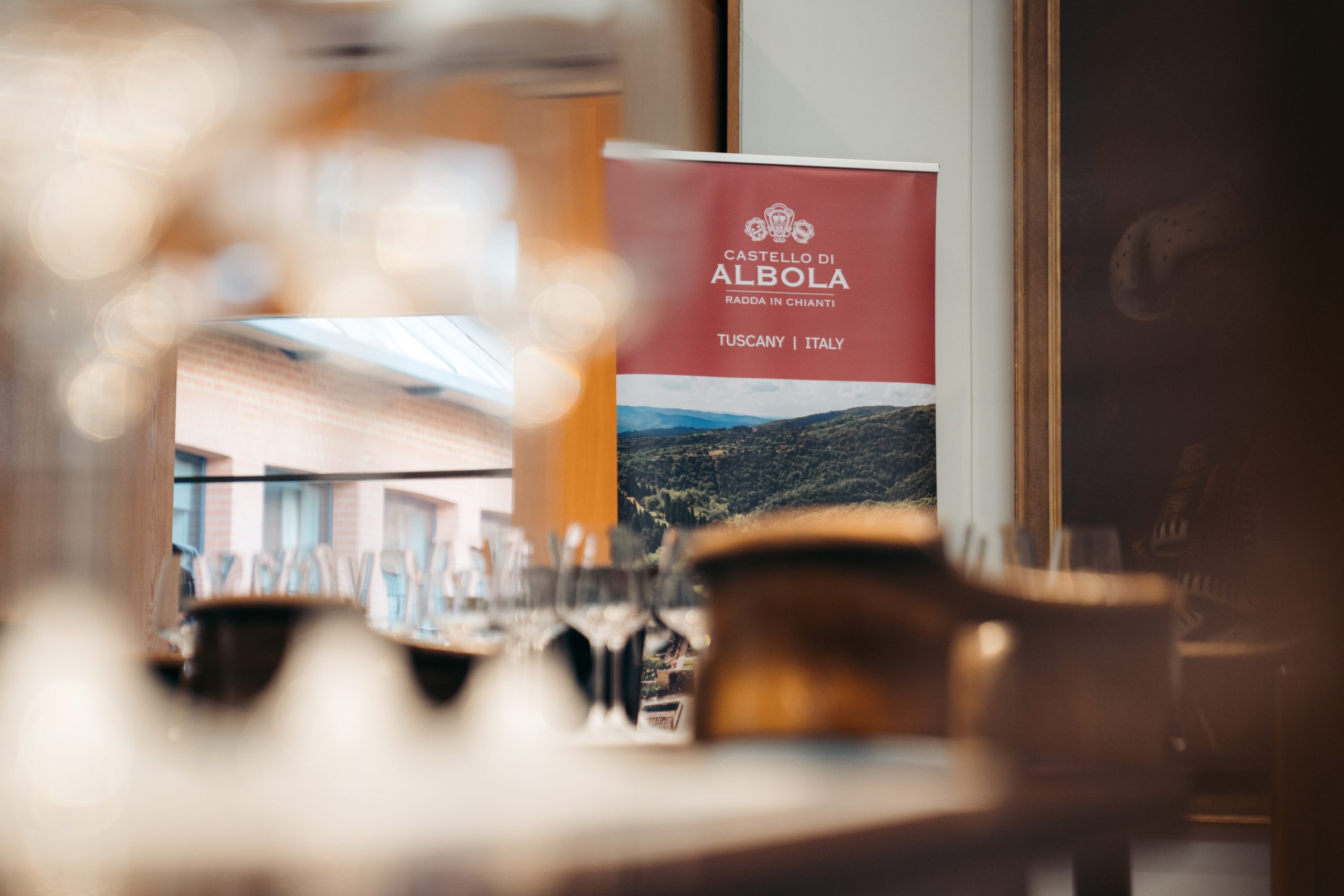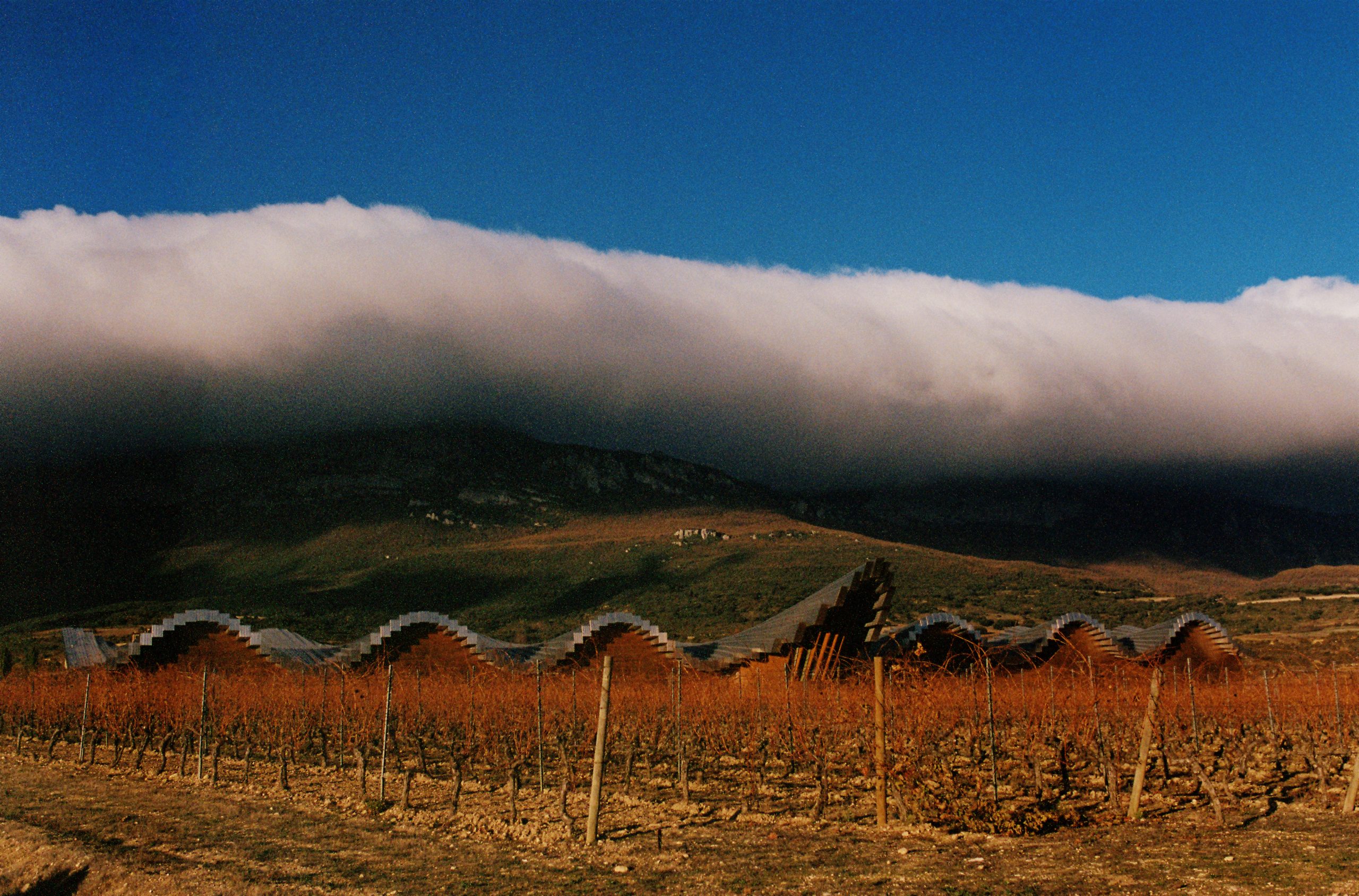How Sussex plans £283m boost to UK wine tourism
Last week, a new strategy outlining the direction for Sussex’s fledgling wine tourism industry was launched in Parliament.

On Wednesday 14 June, two days before Sussex Day, the strategy, titled ‘Sussex wine tourism: a plan for growth’, was launched during a reception hosted by Sir Peter Bottomley, Member of Parliament for Worthing West in West Sussex.
Also in attendance from the green benches of the House of Commons was Chancellor of the Exchequer Jeremy Hunt and Minister for Media, Tourism and Creative Industries Sir John Whittingdale. From the green vineyards of Sussex came representatives from a number of producers, including Rathfinny Estate and Ridgeview.

The plan’s primary objective is to increase the value of the Sussex’s wine tourism sector from £25 million more than tenfold, to a value of £283m by 2040. The report on the plan notes that, by contrast, the Australian wine region of Barossa Valley contributes £135m. The UK’s wine tourism sector as a whole is projected to be worth £658m in the next 17 years.
Along the way, it is also hoped that 3,633 new jobs in the industry will be generated.
The four key pillars that the report claims are needed to grow the sector are: experience development, marketing & development, responsible wine tourism, and working better together.
For the first pillar, it is suggested that tasting events, food offerings and vineyard accommodation can tap into the premium lifestyle category. Later on, the plan report suggested that whereas millennial visitors will be more drawn to the region’s famous sparkling wine offering, older ones will be more interested in tasting a range of styles.
Partner Content
As for marketing, the report noted: Sussex wine tourism will be successful if it converts more of Sussex’s visitors to wine tourists. But it also needs to help grow the visitor base to Sussex too, and ensure that the visitors it attracts bring the greatest benefits with the smallest impact.”
In the same vein, the report emphasised the need for environmental and social sustainability. On the former topic, given that vineyards can often be inaccessible by public transport, Sussex’s “extensive network of cycle and walking routes” is cited as an advantage for encouraging people to travel to vineyards without the aid of internal combustion engines.
The final pillar emphasises the need for “growing the size of the cake rather than worrying over how the current cake is carved up” between the region’s producers.
VisitBritain/VisitEngland CEO Patricia Yates, who also attended the launch event, said: “With our research also showing strong interest from international travellers in trying British food and drink, Sussex’s wine tourism offer is also an exciting proposition and incentive product for the business meetings market. At just over an hour away, the stunning Sussex wine region complements London’s offer and showcases the richness of Britain’s regional diversity.”
Susanna Busi Jacobsohn, co-founder of East Sussex’s Busi Jacobsohn Wine Estate, told db of her reaction to the plan: “We are really happy that Sussex is becoming a name in wine, and look forward to welcoming more visitors in the area, and we expect to develop our wine tourism offering further in the coming years.”
Currently, Sussex has a vineyard area of 888 hectares, a quarter (25%) of the UK’s total area under vine. Last year, Sussex Sparkling Wine was given coveted Protected Designation of Origin (PDO) status, in what was a major win for the region’s wine industry.
Related news
EU greenlights €5bn French support scheme for US wine and spirits exports
LCB showcases the unique sites offering top quality storage for its fine wine customers




